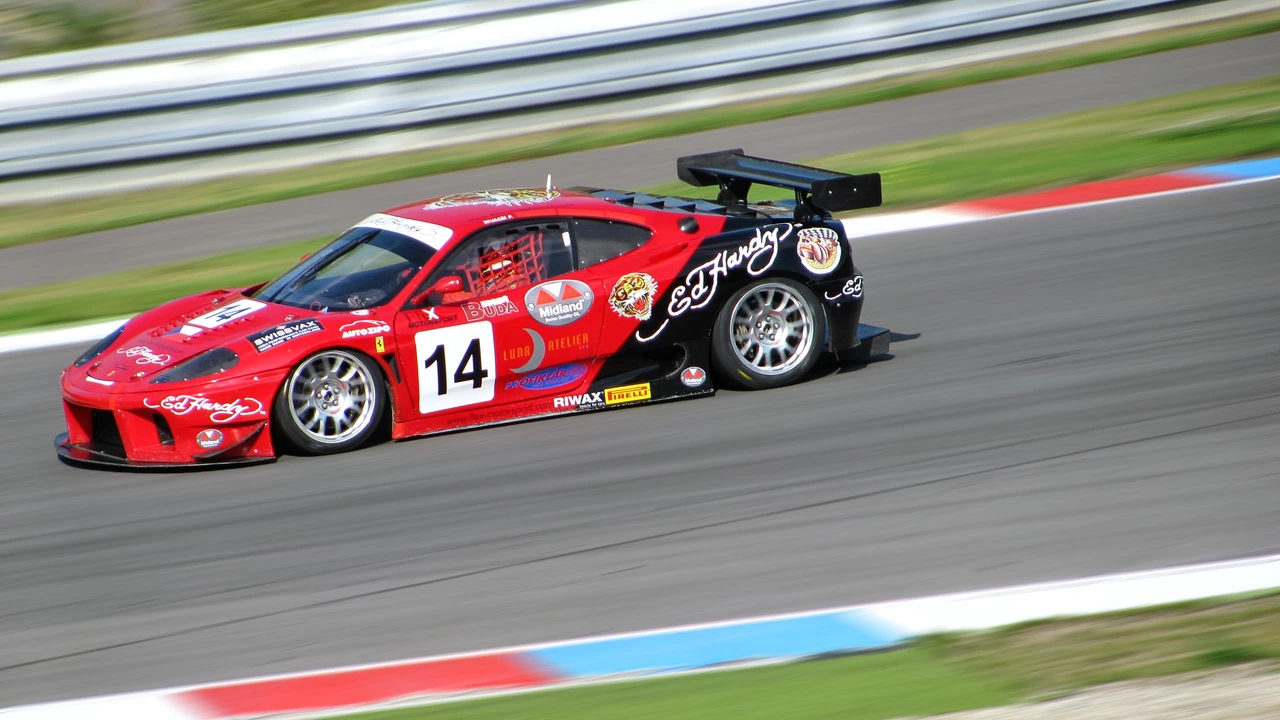Competitive Driving: Real‑World Tips to Up Your Race Game
If you’ve ever watched a race and thought, “I could do that,” you’re in the right spot. Competitive driving isn’t magic; it’s a mix of fitness, focus, and a few proven tricks. Below you’ll find straight‑to‑the‑point advice you can start using on the track this week.
Master the Basics of Competitive Driving
First off, treat every lap like a workout. Your body loses up to 4 kg of sweat in a single race, so staying hydrated and cooling down matters as much as the perfect line. Grab a water bottle, wear breathable gear, and practice a quick post‑session stretch. It keeps your muscles loose and prevents the dreaded “stiff‑after‑race” feeling.
Next, focus on your braking points. Most new drivers slam the brakes a little too early, costing valuable speed. Find the corner apex, then back‑trace the exact spot where you can start braking without overshooting. Mark that spot with a reference point on the track—like a line on the pavement or a flag—and rehearse it until it becomes second nature.
Gear selection is another hidden hero. In lower classes like F3 or DTM, drivers often stay in a higher gear to protect the engine, but on a tight circuit you might need to downshift earlier to keep the revs in the sweet spot. Experiment during practice sessions: note where a gear change makes you feel more stable and where it just adds noise.
Advanced Techniques for Race Day
When you’re comfortable with basics, start layering on advanced tactics. One of the biggest boosters is tire temperature management. Spinning the tires a bit before a launch—called “shaking” in drag racing—warms the rubber for better grip, but over‑spinning can wear them down. Aim for a quick, controlled spin for 1‑2 seconds, then settle into a clean launch.
Seat belts in race cars differ from street‑car belts for a reason. They lock you in during high‑G turns, preventing any unwanted movement that can throw off your steering input. Make sure your harness is snug, with the shoulder strap right under your clavicle and the lap belt low on your hips. A properly fitted belt can shave tenths of a second off a lap because you stay connected to the car’s feedback.
Finally, develop a race‑day routine. Top drivers always run a short mental rehearsal before stepping into the cockpit—visualizing each corner, the braking zone, and the acceleration point. Pair that with a quick check of your car’s telemetry: look for any abnormal tire temps or fuel pressure drops. Small adjustments made before the green flag can prevent bigger problems later.
Competitive driving is a blend of physical prep, mental focus, and technical tweaks. Start with the basics, then add one advanced habit each week. Before long you’ll notice tighter laps, steadier tires, and a confidence boost that shows up on the scoreboard.
Ready to hit the track? Grab your helmet, check your harness, and put these tips into practice. The only thing standing between you and a faster lap is the willingness to try something new. Good luck out there!
Would you win in a car race?
0 Comments
In my latest blog, I delve into the hypothetical question - would I win in a car race? I consider various factors like driving skills, knowledge of the track, and car performance. I also discuss the essential role of focus and quick decision-making during a race. Ultimately, while I love the thrill of speed, I admit that professional racing takes more than enthusiasm. Thus, in a race against professional drivers, my chances would be slim.
Read More